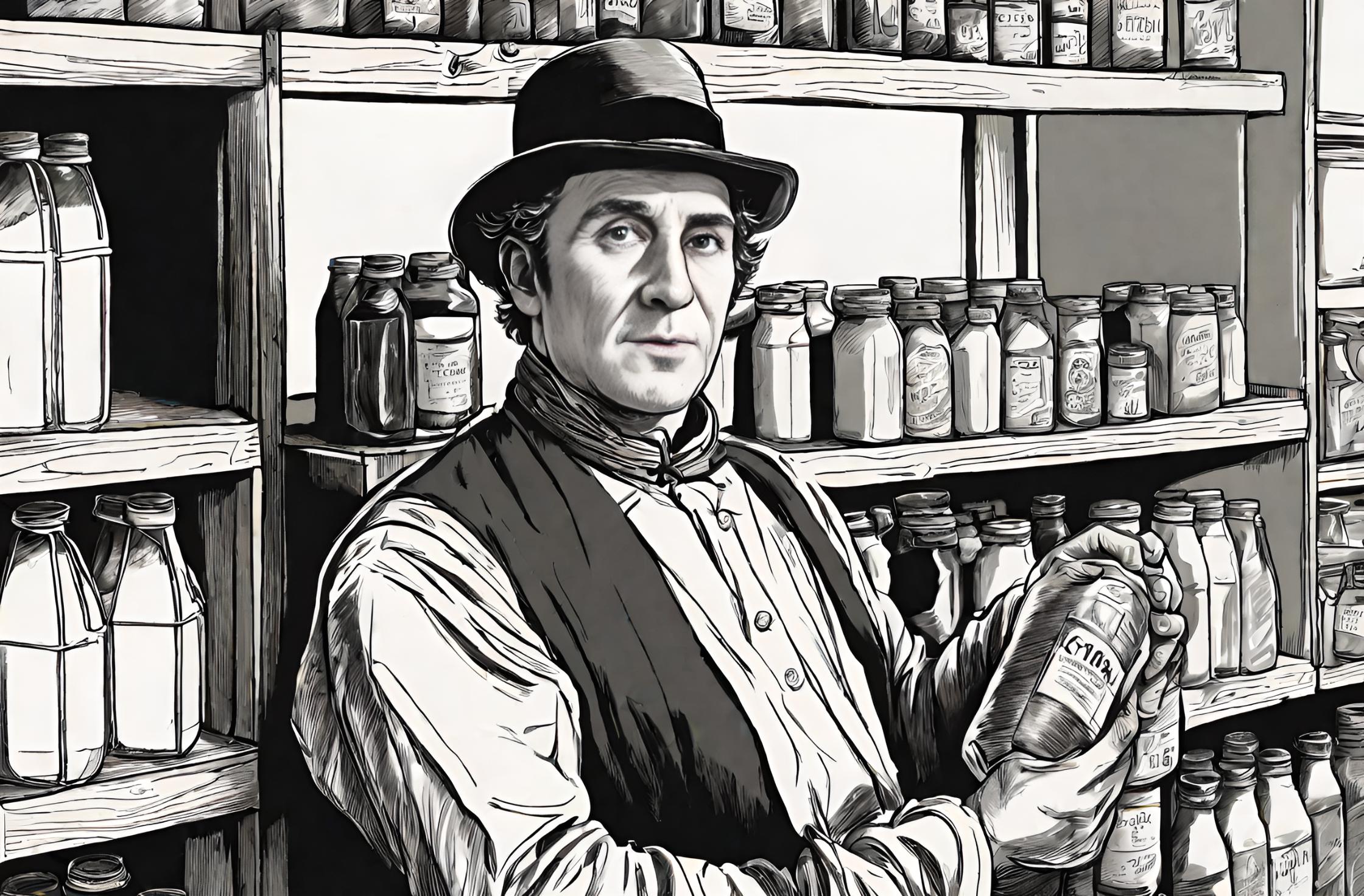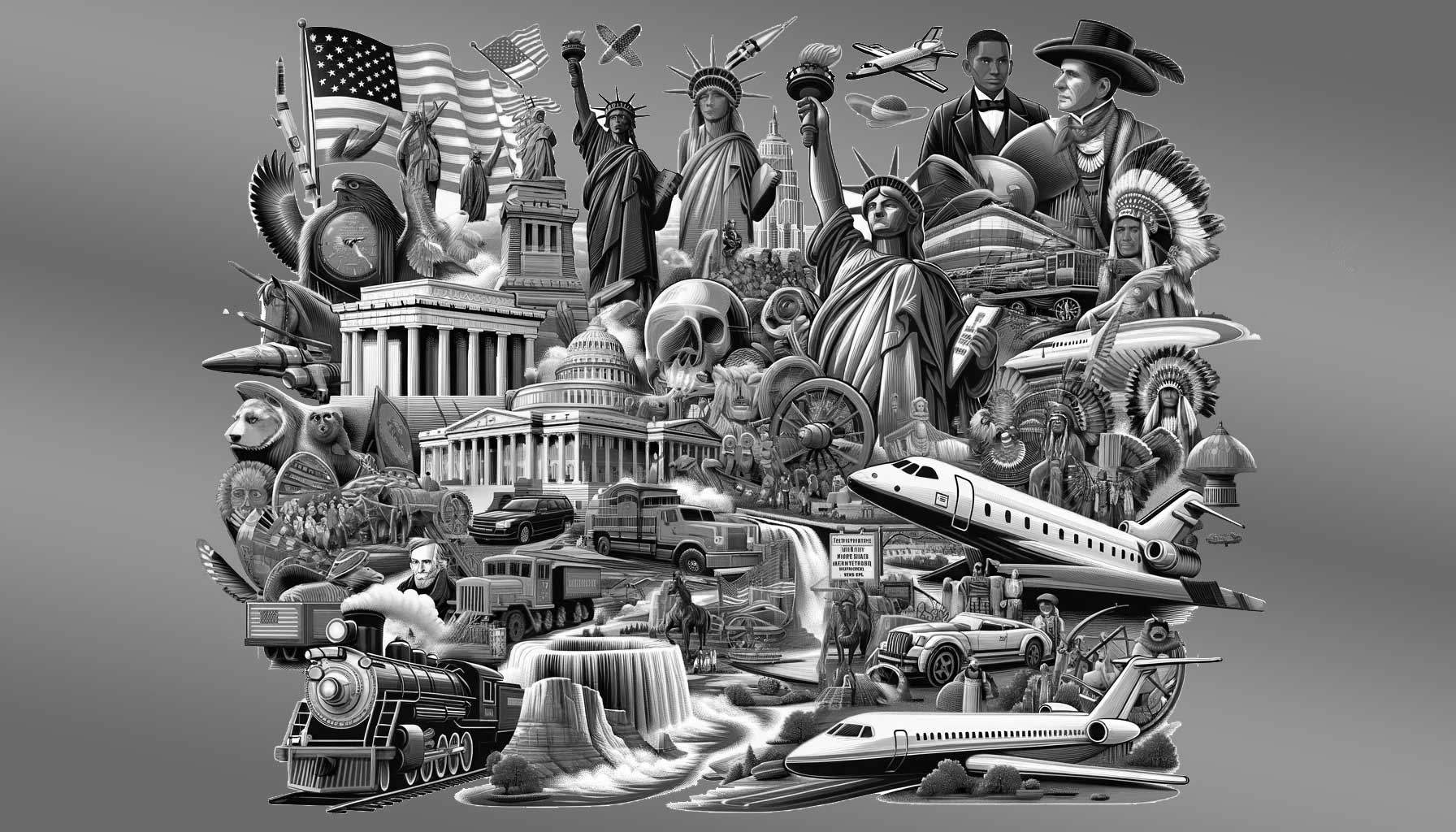Flashback to October 1
American History

On April 9, 1872, Samuel R Percy made history by patenting dried milk, a groundbreaking invention that would revolutionize the food industry. This significant event marked a milestone in the development of milk preservation and distribution methods, contributing to the availability and convenience of milk-based products we enjoy today.
Samuel R Percy, an American inventor and food scientist, recognized the need for a practical solution to ensure the long-term preservation of milk. At the time, fresh milk was difficult to transport over long distances without spoiling, limiting its availability primarily to urban areas where it could be sourced locally. Percy’s patent sought to address this issue by introducing a method to convert liquid milk into a powdered form – dried milk.
The invention of dried milk presented several distinct advantages over liquid milk. Firstly, it significantly extended the shelf life of milk, making it possible to store and transport it without refrigeration. This breakthrough allowed for the distribution of milk to remote regions and areas where refrigeration was not readily available. Additionally, the reduced weight and volume of dried milk simplified the logistics of milk transportation, leading to cost savings and increased accessibility.
The process of producing dried milk involved removing most of the water content from liquid milk through evaporation, resulting in a fine powder that could be reconstituted with water when needed. This innovative method not only eliminated the need for refrigeration but also preserved the essential nutrients and properties of milk, making it a convenient and healthy alternative to fresh milk.
The patent granted to Samuel R Percy for dried milk was not an instant success. It took time for the food industry and consumers to recognize its value and embrace this new form of milk. However, as technological advancements improved the production and packaging of dried milk, its popularity grew steadily. Eventually, dried milk became a staple commodity during World War II when fresh milk was scarce and rationed in many countries.
The invention of dried milk also opened the doors to a plethora of milk-based products that were previously impossible or impractical to produce. By removing the need for large quantities of fresh milk, dried milk created opportunities for the manufacturing of condensed milk, infant formulas, and various dairy products. This increased versatility went on to influence the culinary industry, with dried milk finding applications in baking, cooking, and desserts.
Over the years, further advancements have been made in the production of dried milk, leading to improvements in taste, texture, and nutritional value. Modern processes involve spray drying, where the liquid milk is atomized into a mist and rapidly dried to form a fine powder. This method enables more efficient production and results in a high-quality product that closely resembles the taste and appearance of fresh milk.
We strive for accuracy. If you see something that doesn't look right, click here to contact us!
Sponsored Content

Ten people are convicted…
On October 1, 1995,…

Pennsylvania Turnpike, pioneer toll…
Experience transportation history on…

Bell P-59 Airacomet fighter,…
Experience the maiden flight…

The US suspends diplomatic…
"Marking a significant turn…

